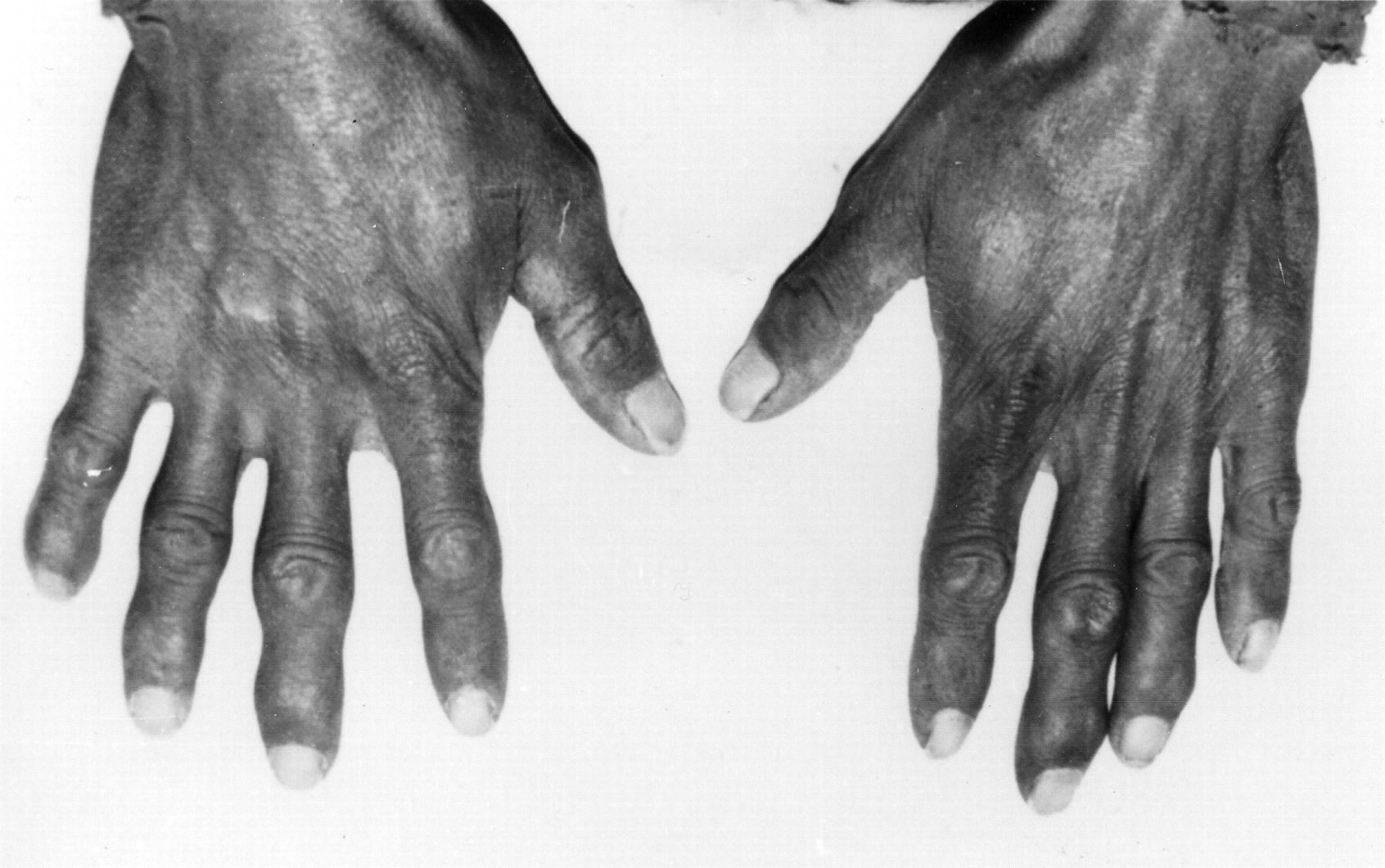
What is Kashin-Beck Disease? Kashin-Beck Disease (KBD) is a chronic, degenerative joint disorder primarily affecting children and adolescents in certain rural areas of China, Tibet, and Siberia. Characterized by joint pain, stiffness, and deformities, KBD can lead to severe disability if untreated. The exact cause remains unclear, but researchers believe it involves a combination of environmental factors, nutritional deficiencies, and possibly genetic predispositions. Selenium deficiency and mycotoxins in grains are often cited as potential contributors. Symptoms usually begin in childhood, leading to stunted growth and joint abnormalities. Understanding KBD is crucial for developing effective prevention and treatment strategies, especially in affected regions.
Key Takeaways:
- Kashin-Beck Disease is a joint condition that affects kids in Asia. It causes pain, stiffness, and short stature. Preventing it involves clean water, healthy food, and regular check-ups.
- KBD can make it hard for kids to go to school and adults to work. Families and communities can help by supporting those affected and spreading awareness.
What is Kashin-Beck Disease?
Kashin-Beck Disease (KBD) is a chronic, degenerative joint disease. It primarily affects children and adolescents in certain regions of Asia. This disease leads to stunted growth and joint deformities, causing significant disability.
-
KBD is named after two Russian doctors, Nikolai Kashin and Evgeny Beck, who first described the disease in the 19th century.
-
The disease is most prevalent in rural areas of China, North Korea, and Siberia.
-
KBD affects the growth plates of bones, leading to short stature and joint deformities.
-
The exact cause of KBD remains unknown, but it is believed to be linked to environmental factors such as selenium deficiency and mycotoxin contamination in grains.
Symptoms of Kashin-Beck Disease
Understanding the symptoms is crucial for early diagnosis and management. Here are some common signs to look out for.
-
Joint pain and stiffness are early symptoms of KBD.
-
Swelling and enlargement of the joints, particularly in the fingers, wrists, elbows, knees, and ankles.
-
Limited range of motion in affected joints, making daily activities difficult.
-
Growth retardation, leading to shorter stature compared to peers.
-
Muscle weakness and atrophy due to disuse of affected joints.
Diagnosis and Treatment
Diagnosing KBD involves a combination of clinical evaluation, imaging studies, and laboratory tests. Treatment focuses on managing symptoms and preventing further joint damage.
-
X-rays can reveal characteristic changes in the growth plates and joints.
-
Blood tests may show low levels of selenium and other essential nutrients.
-
Physical therapy helps maintain joint function and muscle strength.
-
Nutritional supplements, particularly selenium, may help slow disease progression.
-
In severe cases, surgical intervention might be necessary to correct joint deformities.
Prevention and Public Health Measures
Preventing KBD involves addressing the environmental factors that contribute to its development. Public health measures play a significant role in reducing the incidence of this disease.
-
Improving the quality of drinking water can reduce exposure to harmful substances.
-
Enhancing agricultural practices to prevent mycotoxin contamination in grains.
-
Providing selenium supplements to at-risk populations.
-
Educating communities about the importance of a balanced diet rich in essential nutrients.
-
Regular health screenings in endemic areas to identify and treat early cases.
Impact on Communities
KBD has a profound impact on affected individuals and their communities. The disease not only causes physical disability but also affects social and economic aspects of life.
-
Children with KBD often face difficulties in attending school due to mobility issues.
-
Adults with KBD may struggle to find employment, leading to financial hardship.
-
The burden of care for individuals with KBD falls on families, affecting their overall well-being.
-
Community-based rehabilitation programs can help integrate affected individuals into society.
-
Raising awareness about KBD can reduce stigma and promote early intervention.
-
International collaboration is essential for research and development of effective prevention and treatment strategies.
The Final Word on Kashin-Beck Disease
Kashin-Beck Disease, a chronic condition affecting bones and joints, remains a significant health issue in certain regions. Understanding its causes, symptoms, and treatments can help manage and potentially prevent it. Selenium deficiency, contaminated grains, and genetic factors play crucial roles in its development. Early diagnosis and intervention are key to improving quality of life for those affected.
Raising awareness about this disease can lead to better prevention strategies and support for those living with it. By spreading knowledge and advocating for research, we can hope for advancements in treatment and possibly a cure. Remember, every bit of information shared contributes to the fight against Kashin-Beck Disease. Stay informed, stay proactive, and let's work together to make a difference.
Frequently Asked Questions
Was this page helpful?
Our commitment to delivering trustworthy and engaging content is at the heart of what we do. Each fact on our site is contributed by real users like you, bringing a wealth of diverse insights and information. To ensure the highest standards of accuracy and reliability, our dedicated editors meticulously review each submission. This process guarantees that the facts we share are not only fascinating but also credible. Trust in our commitment to quality and authenticity as you explore and learn with us.
